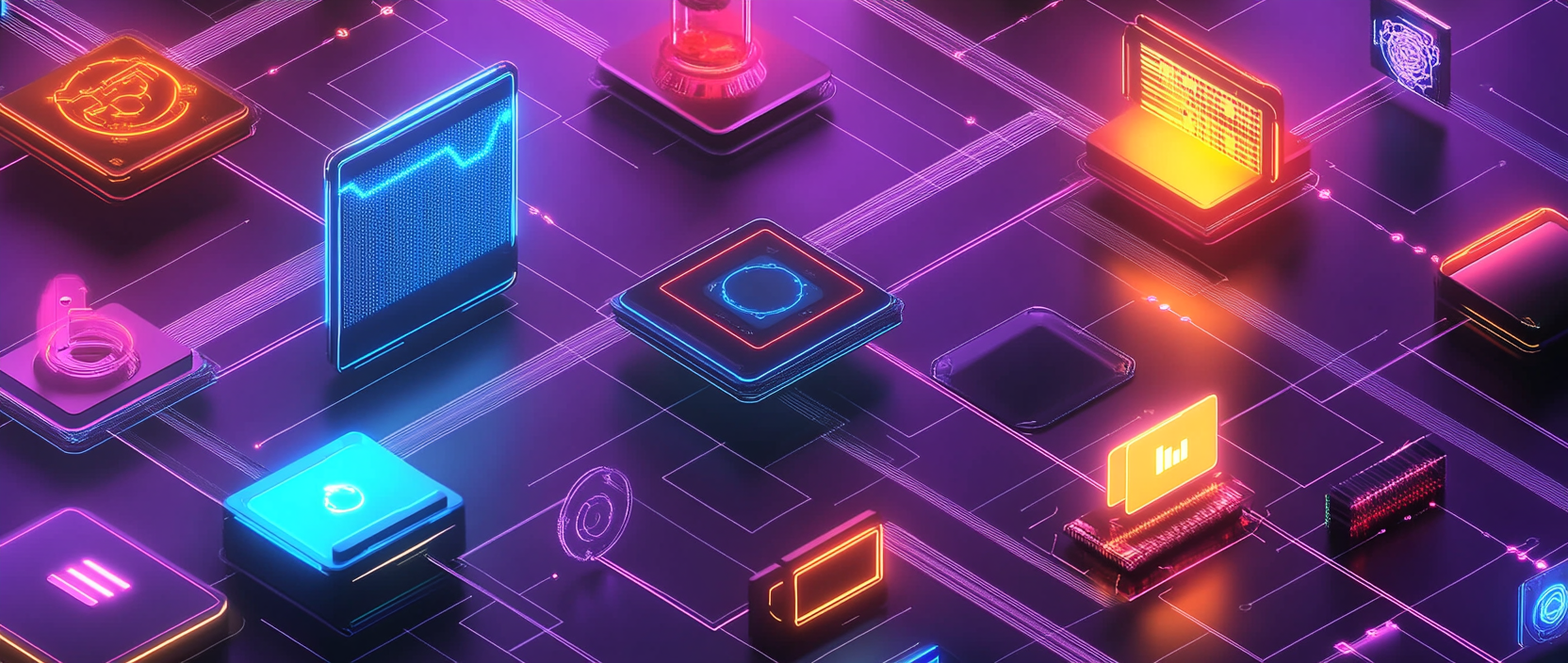The Internet of Things (IoT) and decentralized applications (dApps) open up new horizons for device interaction. The integration of these two technologies offers significant advantages, including enhanced security, improved data management, and process automation. This article delves into the key aspects underlying the interaction between dApps and IoT, as well as their potential for creating more sustainable and efficient systems. Table of Content:
- Advantages of Integrating dApps and IoT
- Use Cases of dApps in IoT
- Challenges and Issues
- The Future of dApps and IoT
- Conclusion

Advantages of Integrating dApps and IoT
Integrating decentralized applications with the Internet of Things offers several key benefits that make these technologies complementary. These include:
- Enhanced Security: dApps provide a high level of data security through the use of blockchain, which eliminates single points of failure and makes systems less vulnerable to attacks.
- Transparency and Trust: Due to the decentralized nature of dApps, all operations can be verified and confirmed, creating trust among IoT network participants.
- Process Automation: The use of smart contracts allows for the automation of many processes, reducing the need for human intervention and minimizing the risk of errors.
Use Cases of dApps in IoT
Decentralized applications are already being widely used in various aspects of IoT. Examples of such applications include:
| Application Area | Description |
|---|---|
| Smart Homes | dApps can manage smart home devices, ensuring secure and automatic execution of actions such as lighting control and security system management. |
| Agriculture | With IoT devices and dApps, it is possible to monitor and automatically manage agricultural processes such as irrigation and crop monitoring. |
| Logistics | dApps are used for supply chain tracking, ensuring transparency and control at every stage of goods movement. |
Challenges and Issues
Despite the obvious advantages, the integration of dApps and IoT faces several challenges and issues:
Scalability: Due to the large number of devices connected to IoT, scalability becomes an issue that may limit the effectiveness of dApps. New solutions are needed to enable blockchains to handle high levels of transactional activity.
Integration Complexity: Integrating dApps with existing IoT systems requires significant effort and resources, which may slow down the adoption process.
The Future of dApps and IoT
The development of dApps and IoT technologies promises significant changes in the way devices and data interact. It is expected that further advancements in artificial intelligence and machine learning will improve the autonomy and adaptability of IoT systems powered by dApps. Furthermore, with the increase in internet speed and accessibility, there is a growing potential for the creation of global blockchain-based networks that will enable real-time device interaction.
Conclusion
The combination of decentralized applications and the Internet of Things opens the way to new forms of device interaction that could radically change our daily lives. Although the integration of these technologies comes with certain challenges, their potential far outweighs the current obstacles. In the near future, dApps and IoT will become key elements of smart and sustainable ecosystems.



